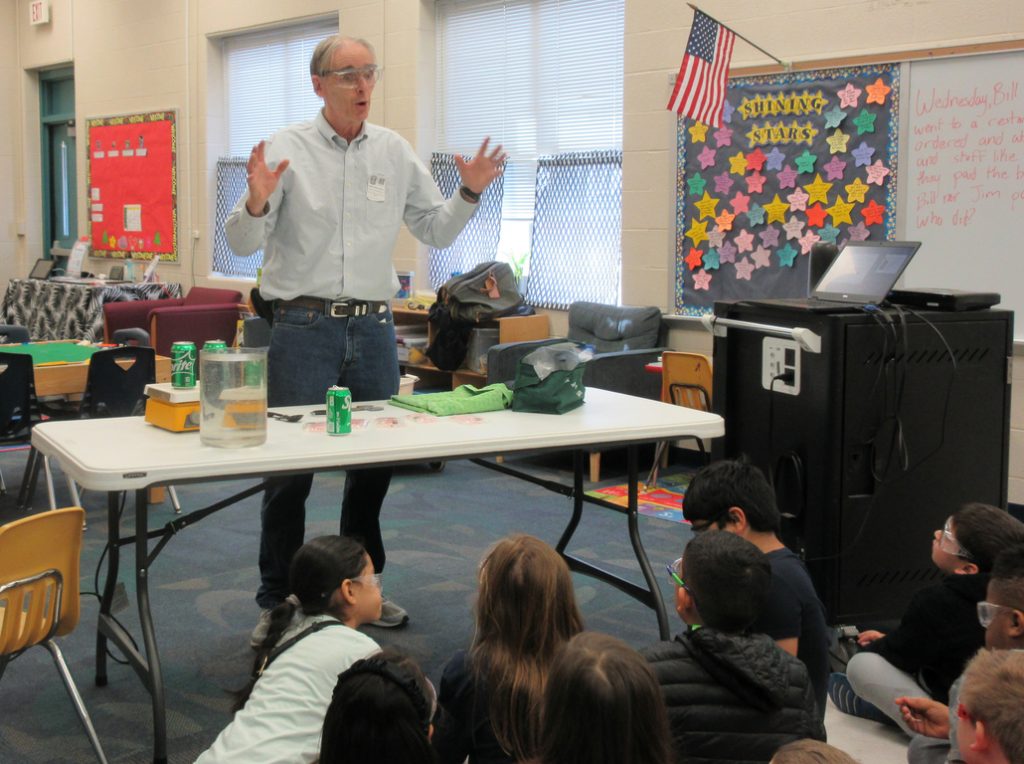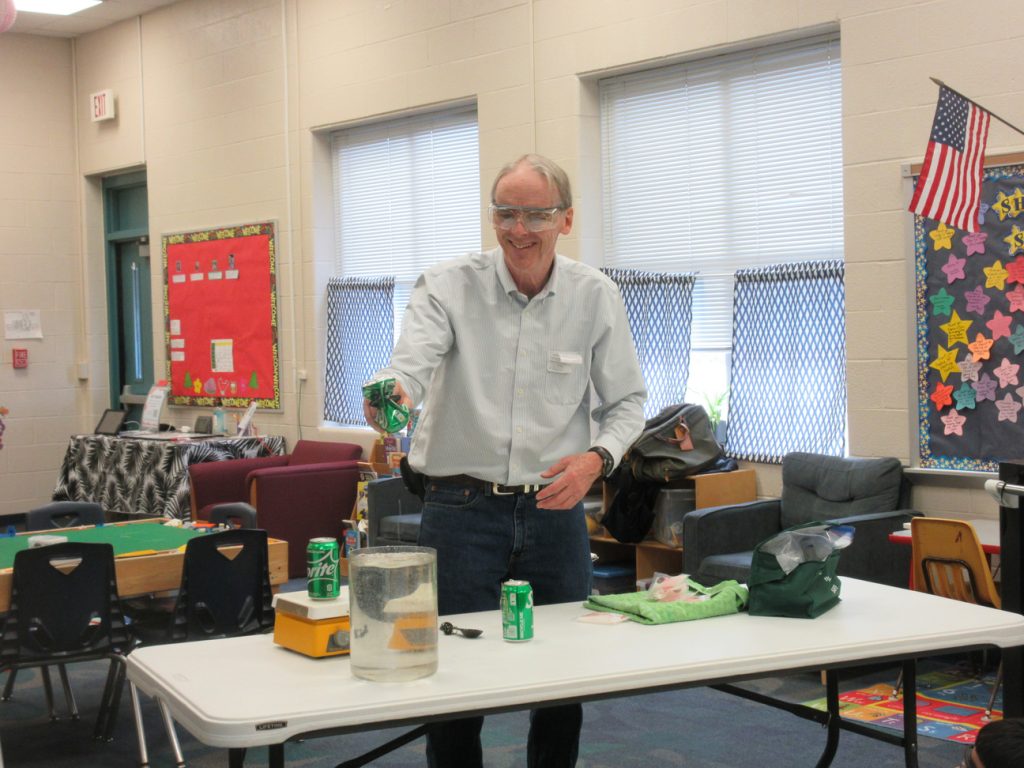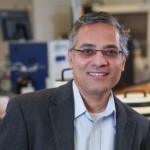From Joe Smith, leader of Chemistry is pHun sub-committee:
The 2024-2025 “Chemistry is pHun” outreach program, sponsored by the St. Louis Section of the American Chemical Society, was wrapped up in March, and I would like to report on this year’s program. Due to a family move, this will be my last year with the program, so I will also offer some comments about my experience with the program over the last four years.
Thanks to Partners in Education in the Rockwood School District, a non-profit that interfaces with schools on schedules and room reservations, I was able to make 21 separate visits to 16 different Rockwood schools. This year, we also made one visit to New City School in St. Louis. In total, we gave 37 presentations to 1628 students.
This year’s program preserved the demonstration activities used in previous years, but made some tweaks in discussing the results. Presentations to both grades began by discussing the diversity of career activities carried out by STEM professionals, including chemists. Safety was emphasized by having all presentation participants wear eye protection and by urging students to get grown-up assistance before experimenting at home.
Second graders attended a presentation entitled “Observing States of Matter” that focused on matter in the states of solids, liquids, gases, and plasmas, and on the role of energy transfer and chemical reaction in causing changes of state. This year’s second grade presentation discussed the importance of reproducing experimental results and how scientists vary experimental conditions to improve understanding.
Fifth graders experienced a “Transforming Matter” presentation that introduced the concept of chemical reactions as transformations of reactants into products. We illustrated combustion and acid-base reactions. A discussion of the pH scale tied in well with math class, where students are learning about exponents. This year, we discussed how an exponential unit scale is helpful for quantities, such as hydrogen ion concentration, that vary by many factors of ten, but not as useful for quantities that do not vary as much, such as the heights of humans.
During the last four years, I have had an opportunity to interact with more than 5000 students. I suspect that many of these students would have had no other chance to engage with a scientist during their elementary school years. Gratifying feedback was received, including from students mentioning the experience long after the event, to students responding fondly to presenters. Giving these presentations is a great opportunity for retired professionals to introduce the idea of a STEM career to students in their formative years. Although this is my last year with the program, I have prepared detailed documentation of the presentations and the demonstrations for future volunteers. If you are interested in participating in future programs, contact Sue Wiedeger at swiedig@siue.edu.

Explaining what is going to happen in the can crush experiment.

The famous crushed can!


